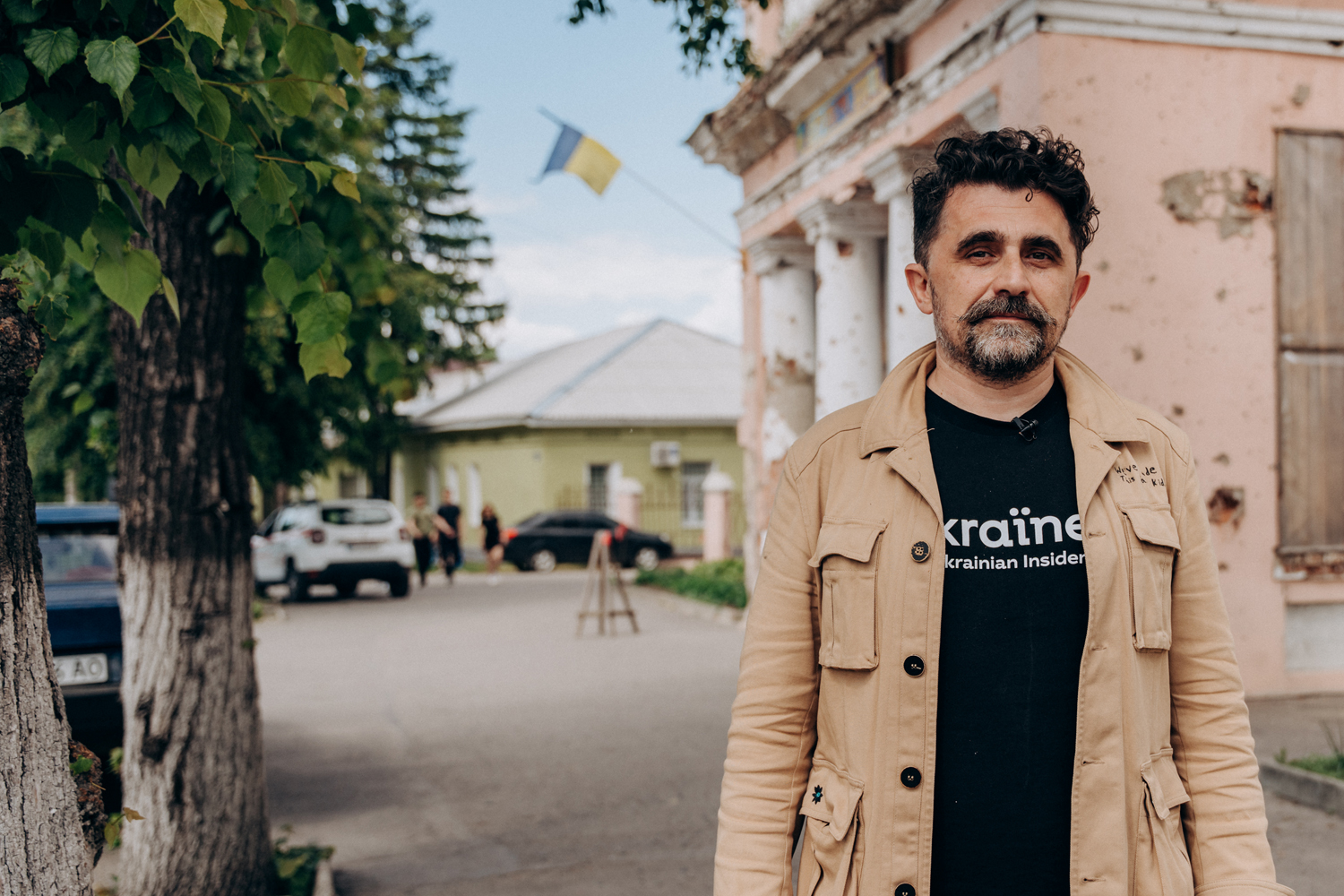
To focus on critical infrastructure or restore all damaged objects is a challenging question for Ukraine, which is even more pressing for the border settlements in the country’s east and north. The proximity to the Russian border does have an...

Every fifth resident of a Ukrainian city is an elderly person, according to the Ministry of Social Policy of Ukraine. The war has worsened the situation for many of them: some cannot get quality medical care, and many are unable...
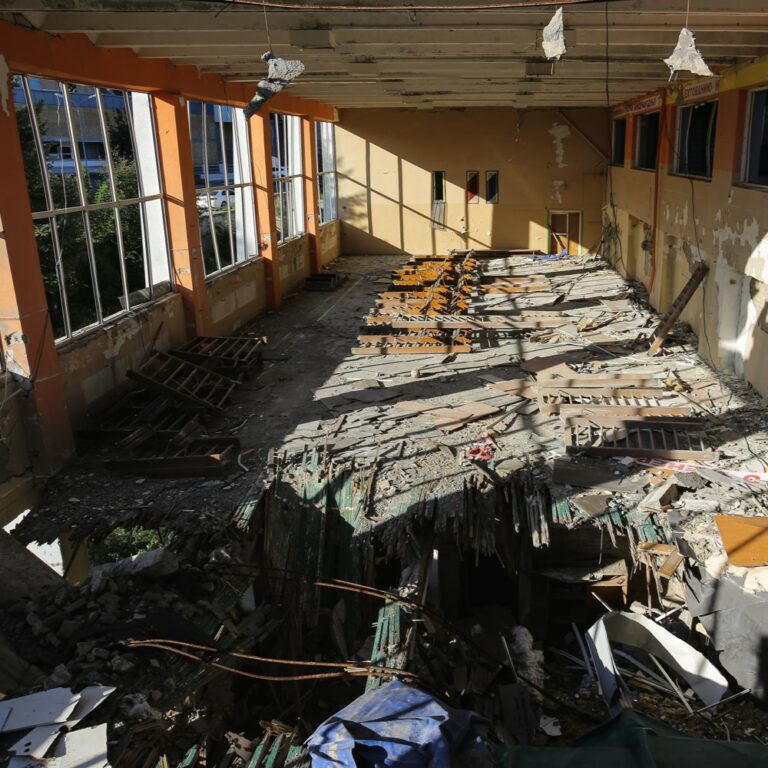
Kharkiv is one of Ukraine’s largest cities that the Russian enemy came to view as an easy target. With only 30 km [~18.64 mi] separating the city from the Russian border, it didn’t take the enemy troops long to reach...
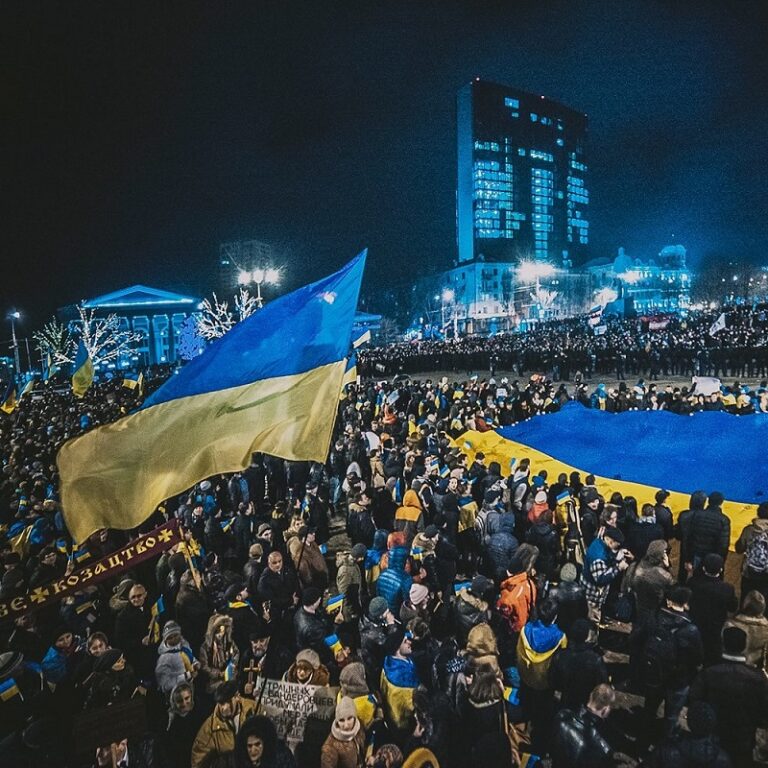
For centuries, Ukrainians have had their unique Ukrainian language and culture. These developed separately from Russian society, in a parallel tradition. However, when the Ukrainian territories were incorporated into the Russian Empire and then the Soviet Union, the Russian authorities...
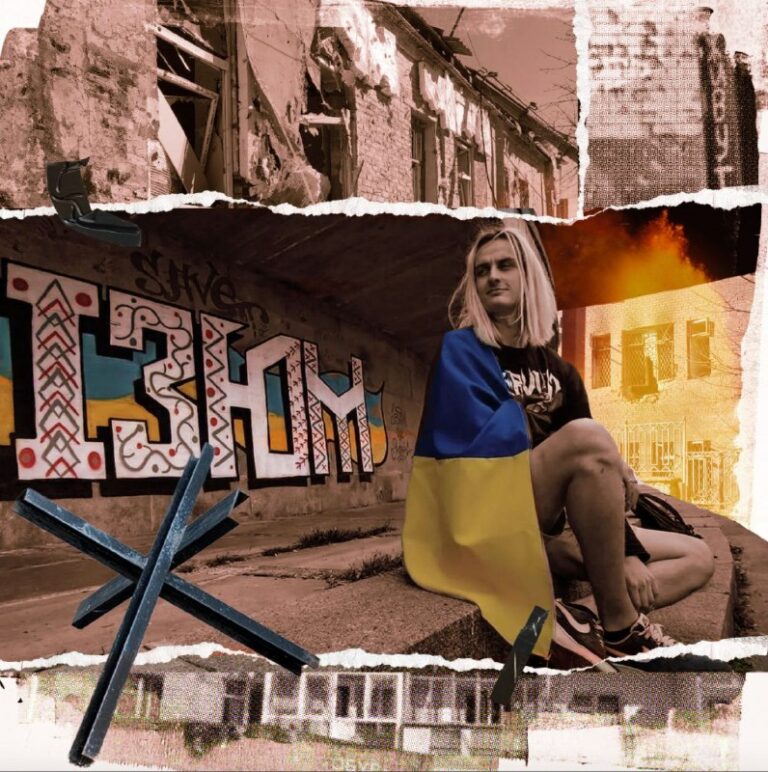
The voices of occupation is a series of stories from people who lived under occupation and managed to get out. This is a story about Illia, a grad student in philosophy, a photographer, and a tattoo artist. He managed to...
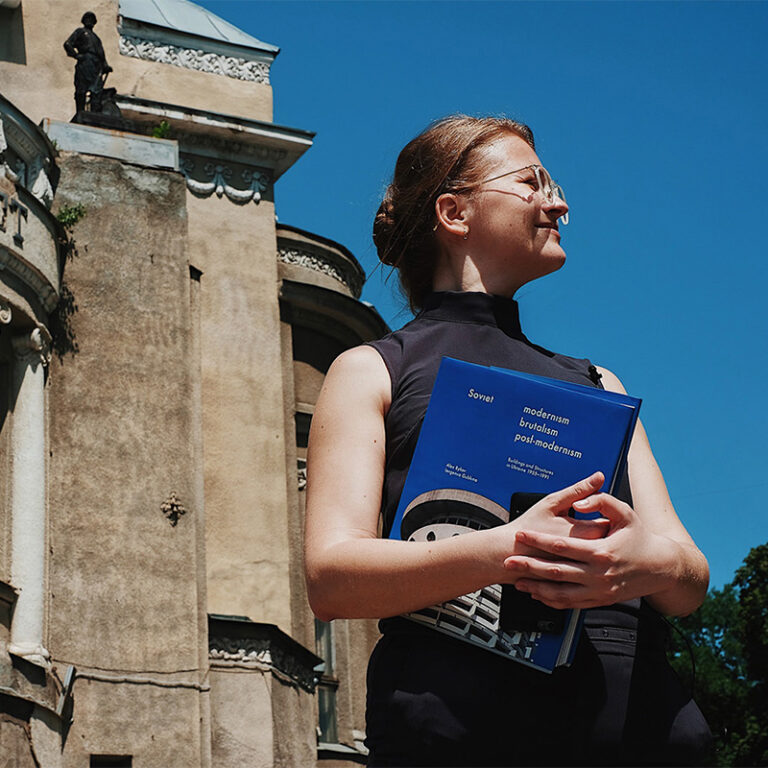
Kharkiv architecture is experimental by its nature, and imbued with symbols. Red bricks and two-storey houses of the 19th century, constructivist memorial sites, co-operative buildings (the name of a prestigious co-housing project of the Soviet era), and first cultural hubs...
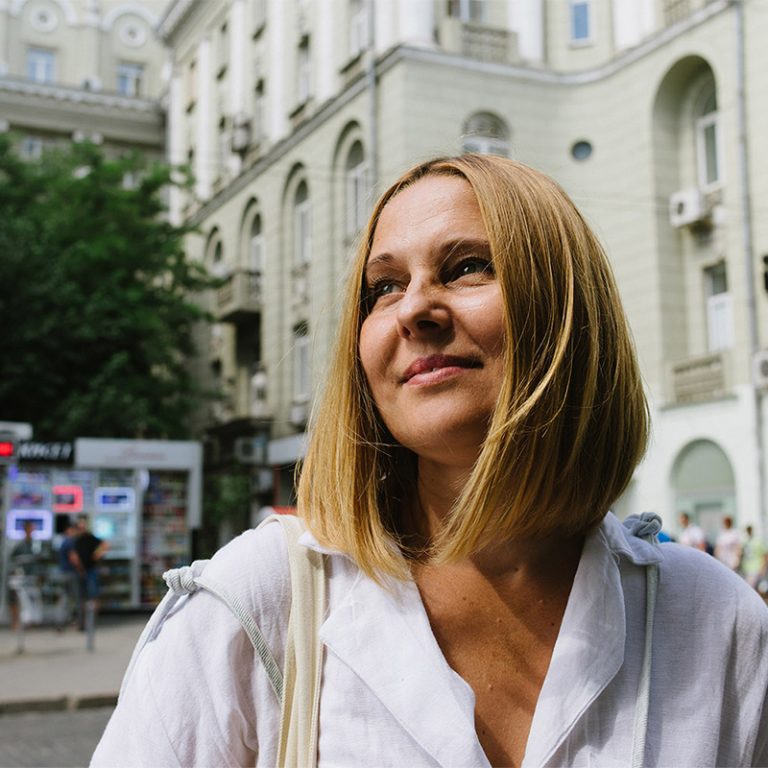
In Kharkiv, two apartments in historic buildings have been redeemed. A prominent critic, essayist, and linguist Yurii Sheveliov lived in one of them, and writer Petro Lisovyi lived in the other. These apartments have not been redeemed for the sake...
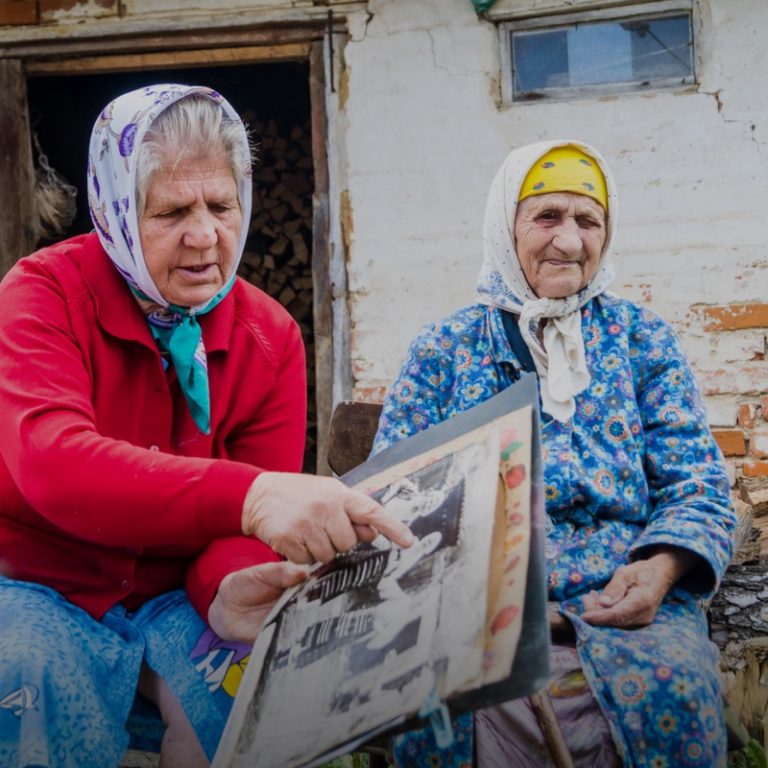
In Slobozhanshchyna, near the cities of Putyvl and Bilopillia, Horiuns live. They are an East Slavic subethnic group that was formed on these lands in the 16th century. Now, there are only a few thousand Horiuns left.